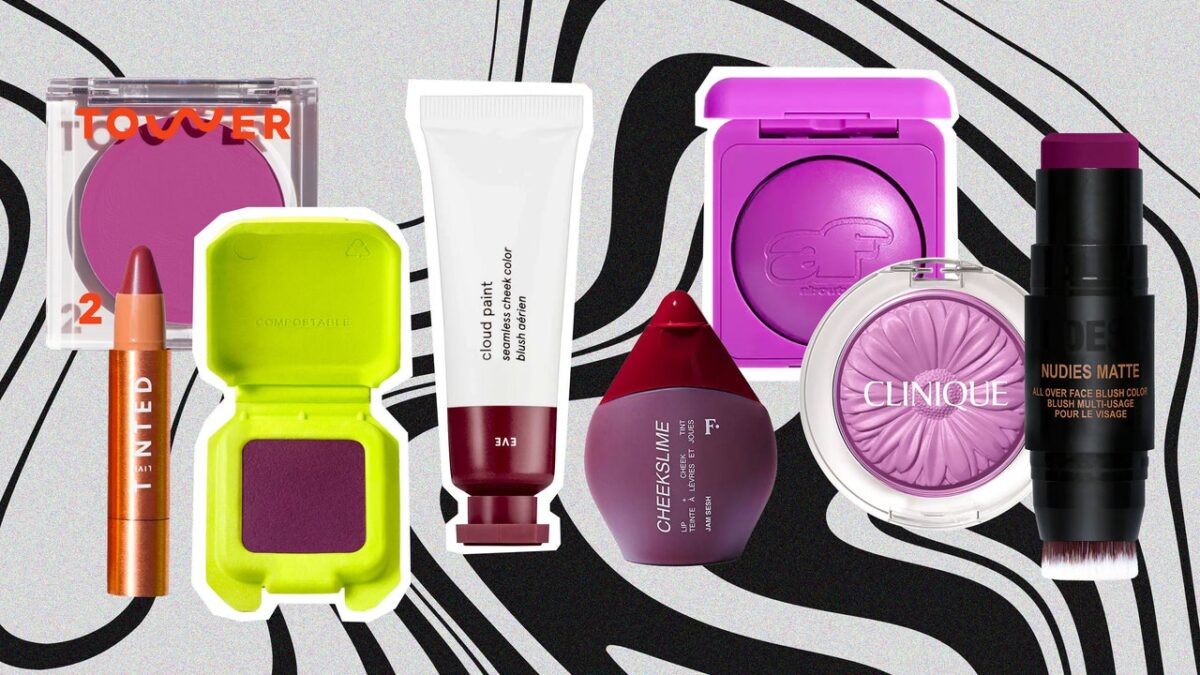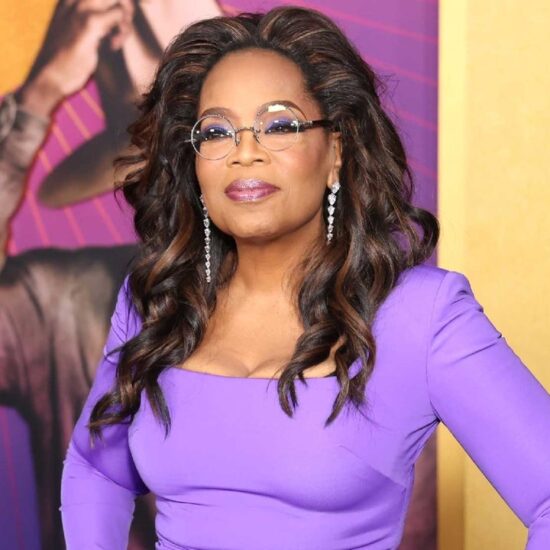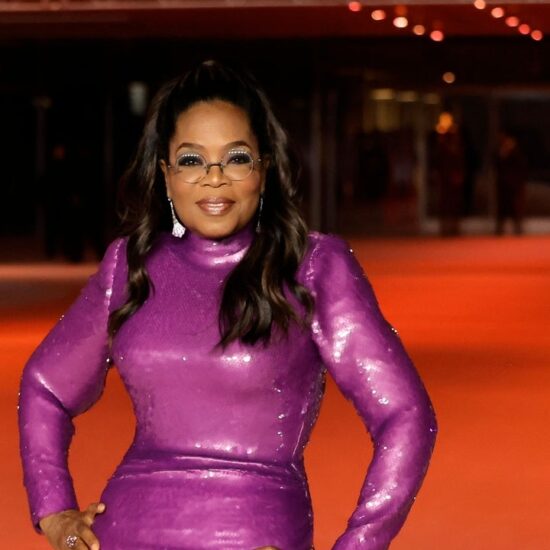
Like Taylor Swift, I just wanna stay in that lavender haze. Of course, the singer was talking about the brain fog of being in love, but I’m speaking more literally about my obsession with purple blush. The unexpected shade is the spring and summer beauty trend bringing a melted-Popsicle-style flush to my cheeks, eyes, and lips.
From lilac and orchid to grape and plum, there is a flattering purple blush out there for every skin tone—even my chalky mug. That said, purple can look particularly stunning on brown and black complexions.
Peep this viral TikTok of Indian makeup artist @vilcreates professing her love for Fenty Beauty’s discontinued Cheeks Out Freestyle Cream Blush in Drama Cla$$, a neutral amethyst shade that transforms into a fresh pink reminiscent of Dior Rosy Glow when applied. But the shift isn’t a gimmick; it’s just color theory at work.
TikTok content
This content can also be viewed on the site it originates from.
All skin tones correlate roughly to yellow-orange and red on the color wheel. Look directly across from those colors on the wheel and you’ll see their complementary counterparts: purple and blue-violet. If you were to seamlessly mix equal amounts of yellow and purple together, they’d cancel each other out and create brown—the same way translucent lavender primers can be used to brighten sallow skin and orange color corrector can be used to neutralize bluish-purple shadows under the eye. But when they’re juxtaposed instead of mixed, complementary colors amplify one another. That’s why the right shade of purple blush pops instead of disappearing. The opacity allows the color to layer and create contrast instead of blending into the skin.
On certain skin tones, purple blush reads even pinker than pink blush. To demonstrate why, TikTok’s “color nerd” in residence—artist Peter Donahue—took it upon himself to map Fenty’s discontinued shade of purple blush against a fellow creator’s skin tone on the color wheel. By drawing a line between the two hues, Donahue makes it easy to see that bright pink is the midpoint. It’s a simple yet effective way to visualize how various colors could appear on the skin versus in the pan, and how to find the most flattering makeup shades for any skin tone. But it can also be used to demonstrate why certain shades of pink blush seem to dull rather than enliven deeper skin tones—a hurdle Priyanka Ganjoo ran into repeatedly before founding Kulfi Beauty, the first South Asian brand to grace Sephora’s hallowed shelves.
TikTok content
This content can also be viewed on the site it originates from.
“Many pink blushes tend to have cool undertones and have white pigments to reduce depth,” Ganjoo tells Glamour. “The cool undertone washes out deep skin tones with warm undertones, while the white pigments appear gray on deep skin making them look unflattering.”
Purple may seem unexpected, mostly because it’s an uncommon shade to find in makeup. Purple products are more difficult to formulate due to a very limited amount of natural resources to use for pigmentation. Purple eye shadows, for example, have a reputation for being tough to blend. Makeup artist Sabu Suzuki says there is some truth to that perception with matte purple in particular.













